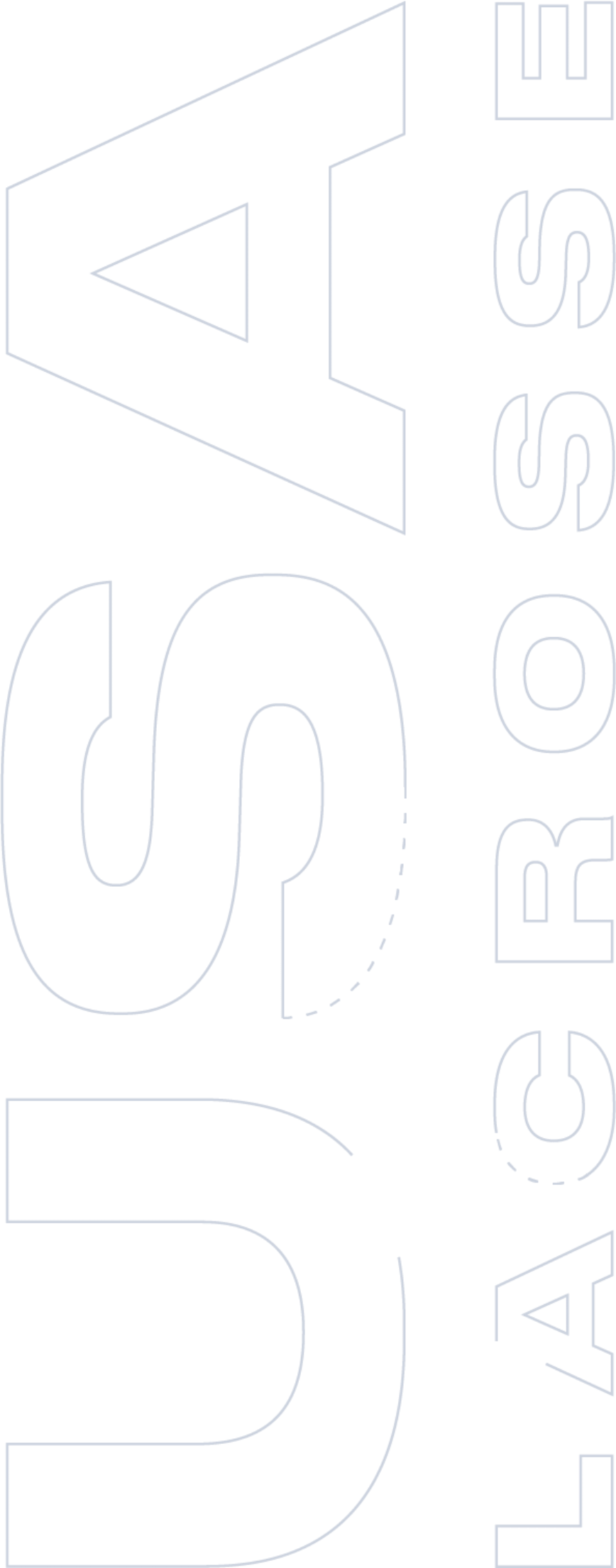It’s always important to play by the rules and wear the proper equipment, but even when we do, there’s still a risk of injury in sports.
And unfortunately, concussions can be one of those injuries. The good news is that our medical experts have developed and identified resources that can help guide you back to good health.
what is a concussion?
In very basic terms, a concussion is an impairment of the brain’s normal function, usually caused by a blow to the head that causes a jarring of the brain. Concussions may cause alterations in cognitive function, vision, eye movement, facial movement, or speech.
have a plan
Having a written concussion management plan is a recommended first step. USA Lacrosse has outlined the important components that should be part of your local plan.
More Information
What We Can All Do
Educating ourselves about concussions is a good idea for everyone. Learn to recognize the signs and symptoms so that you know when to take yourself or a teammate off the field.
Get More Info
